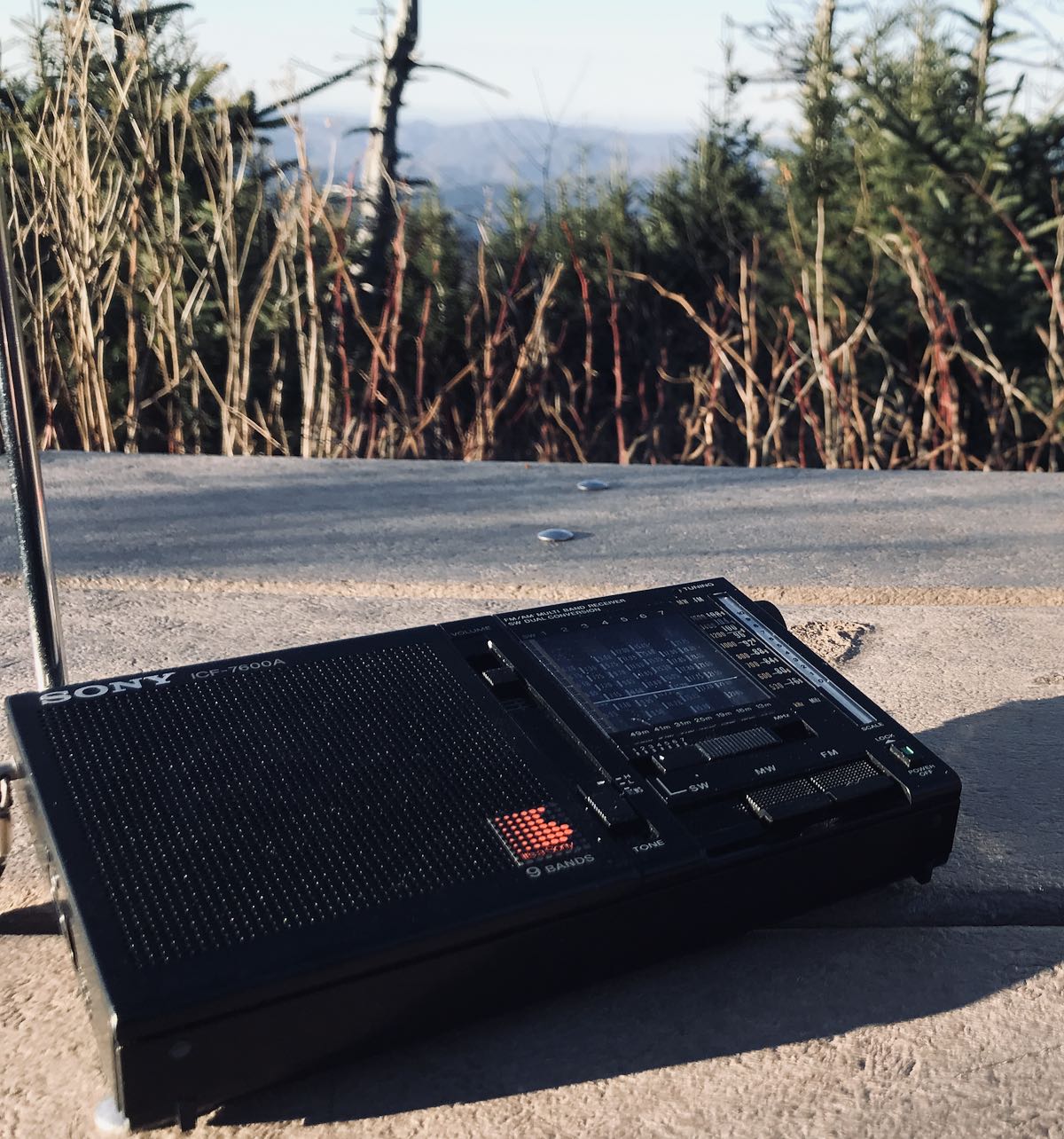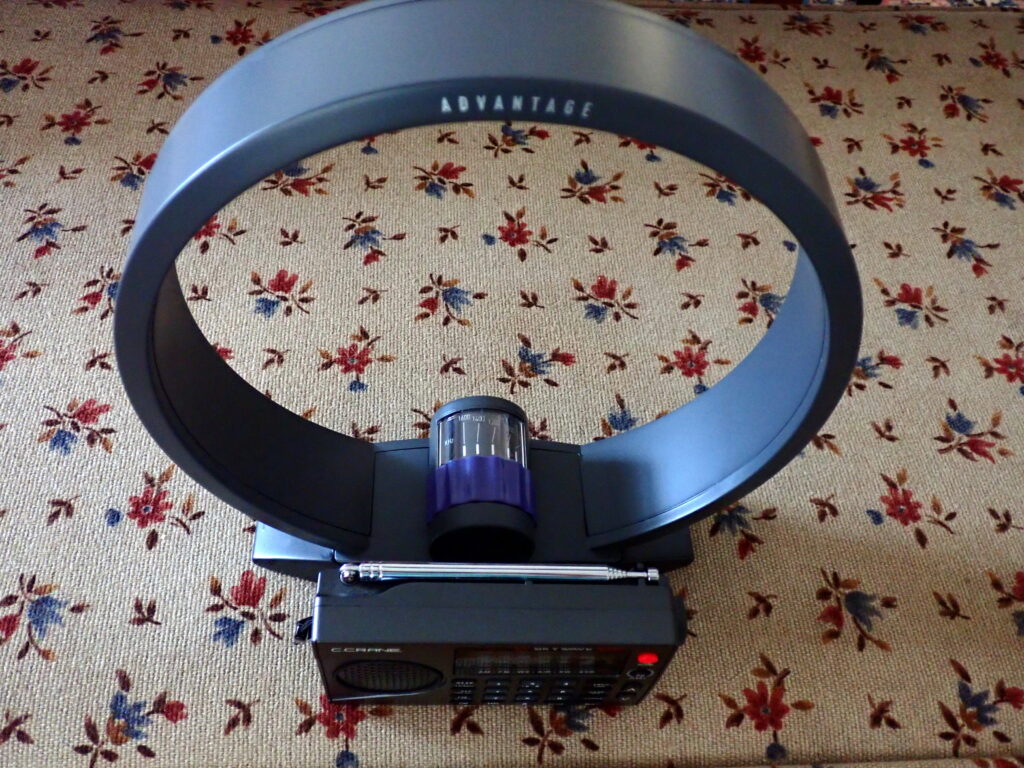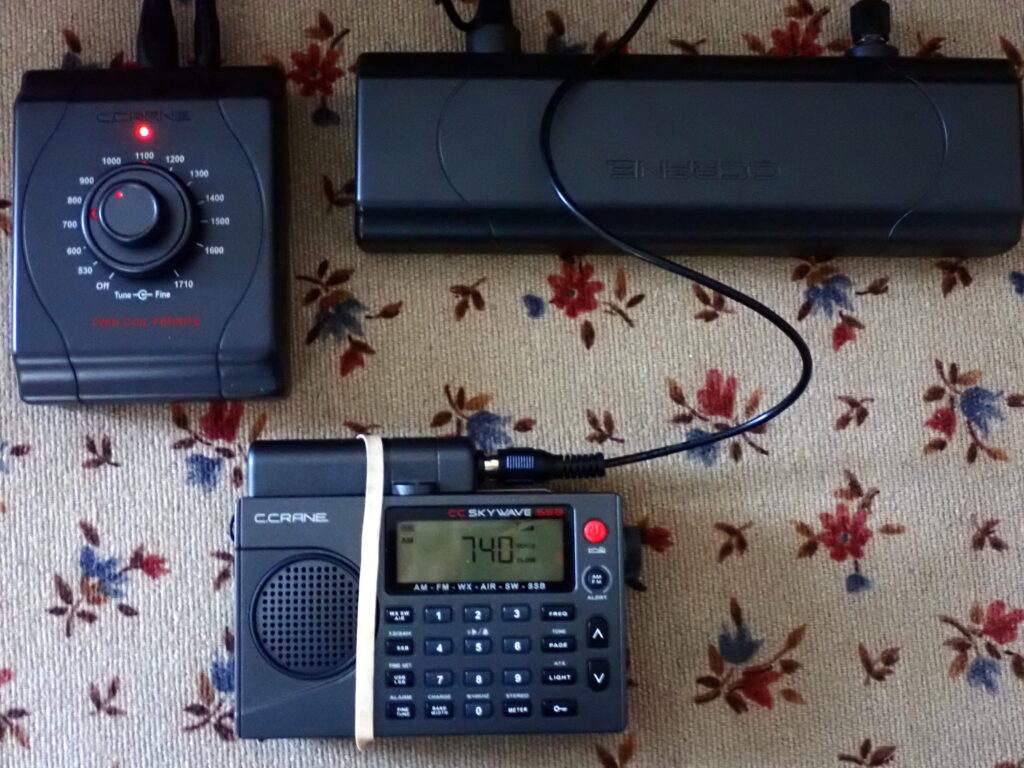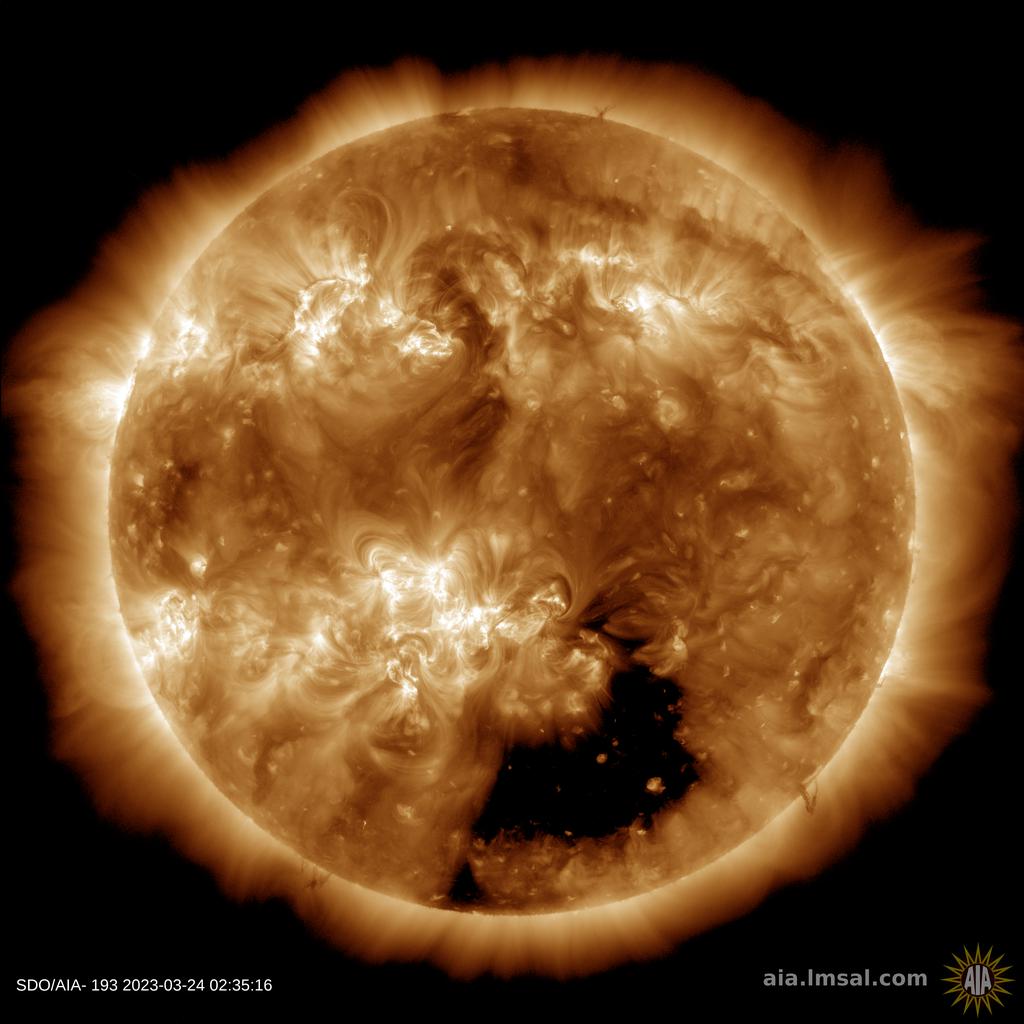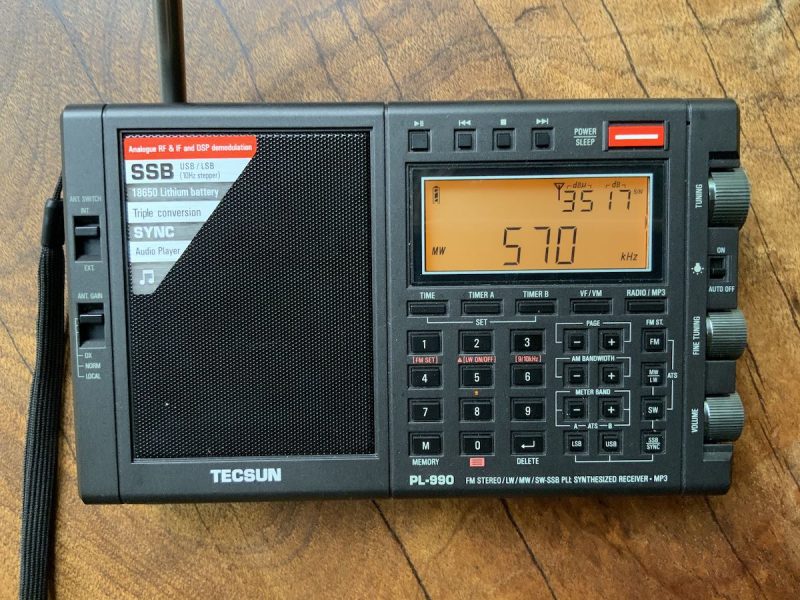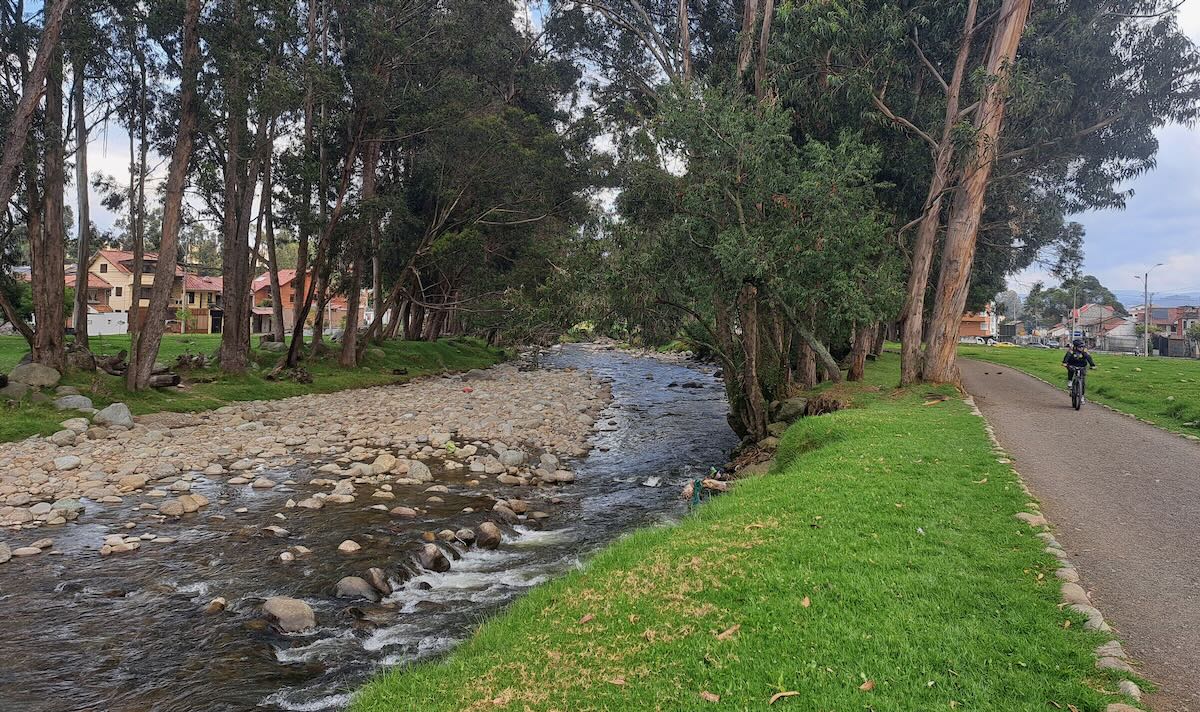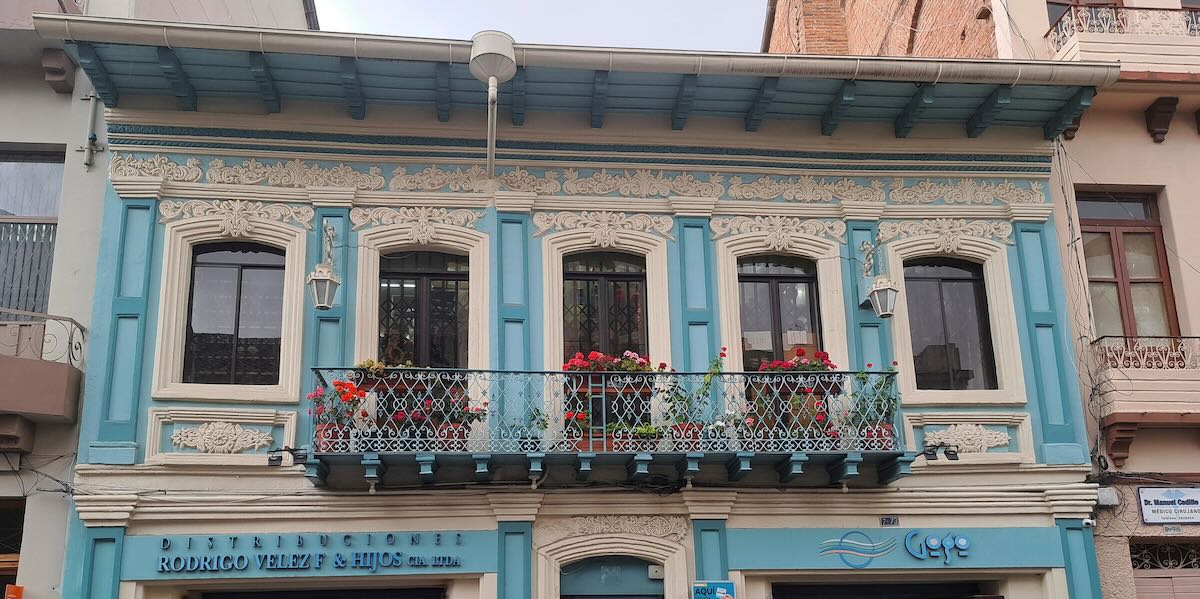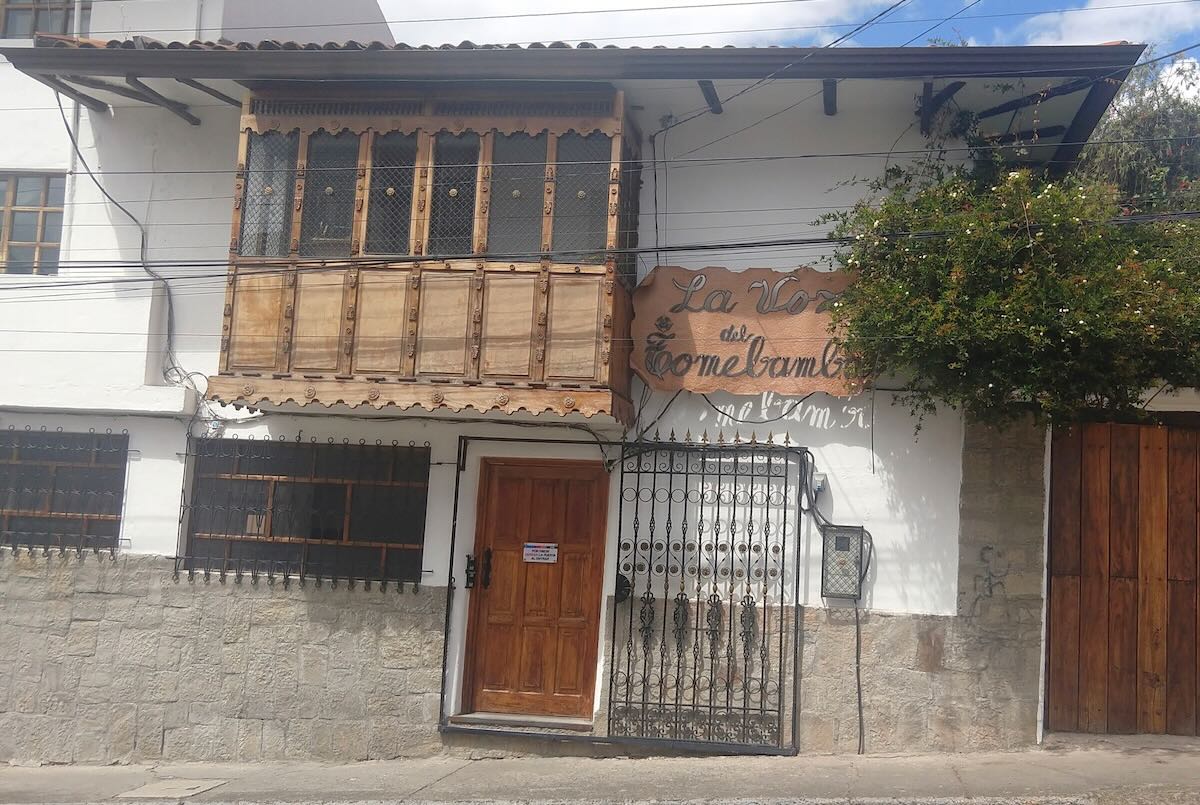Radio Waves: Stories Making Waves in the World of Radio
Welcome to the SWLing Post’s Radio Waves, a collection of links to interesting stories making waves in the world of radio. Enjoy!
Many thanks to SWLing Post contributors Paul, Frank Howell, NT, and Dan Finegan for the following tips:
Russia’s New Mystery Shortwave Station (Hackaday)
The Buzzer, also known as UVB-76 or UZB-76, has been a constant companion to anyone with a shortwave radio tuned to 4625 kHz. However, [Ringway Manchester] notes that there is now a second buzzer operating near in frequency to the original. Of course, like all mysterious stations, people try to track their origin. [Ringway] shows some older sites for the Buzzer and the current speculation on the current transmitter locations.
Of course, the real question is why? The buzzing isn’t quite nonstop. There are occasional voice messages. There are also jamming attempts, including one, apparently, by Pac Man.
Some people think the new buzzer is an image, but it doesn’t seem to be the same signal. The theory is that the buzzing is just to keep the frequency clear in case it is needed. However, we wonder if it isn’t something else. Compressed data would sound like noise. Other theories are that the buzzing studies the ionosphere or that it is part of a doomsday system that would launch nuclear missiles. Given that the signal has broken down numerous times, this doesn’t seem likely. [Continue reading…]
Remembering Virginia Norwood, the ‘mother’ of NASA’s Landsat program (Engadget)
The pioneering inventor died on March 27th at the age of 96.
If you haven’t heard of Virginia Norwood, it’s about time you did. An aerospace pioneer whose career would have been historic even without its undercurrent of triumph over misogynistic discrimination, she invented the Landsat satellite program that monitors the Earth’s surface today. Norwood passed away on March 27th at the age of 96, as reported by NASA and The New York Times.
She achieved all this despite significant pushback from the male-dominated industry before and after her rise. Despite her obvious talent, numerous employers declined to hire her after graduating from the Massachusetts Institute of Technology. For example, Sikorsky Aircraft told her they would never pay her requested salary, equivalent to the lowest rank in the civil service. Another food lab she applied for asked her to promise not to get pregnant as a condition of her employment. (She withdrew her application.) Finally, the gun manufacturer Remington appreciated her “brilliant” ideas in an interview but told her they were hiring a man instead. [Continue reading…]
Can The Industry And Congress Keep AM Radio In The Dashboard? (Inside Radio)
Facing an existential moment in the 100-year history of the medium, AM broadcasters are banding together, calling on allies in Congress, and enlisting listener support to preserve their place in the automobile. The heads of 10 state broadcasting associations have formed a Dashboard Subcommittee within the National Alliance of State Broadcasters Associations (NASBA) to slow or stop the removal of AM radio from the dashboard. The two-week old group is working on multiple fronts including fact finding, education and advocacy.

